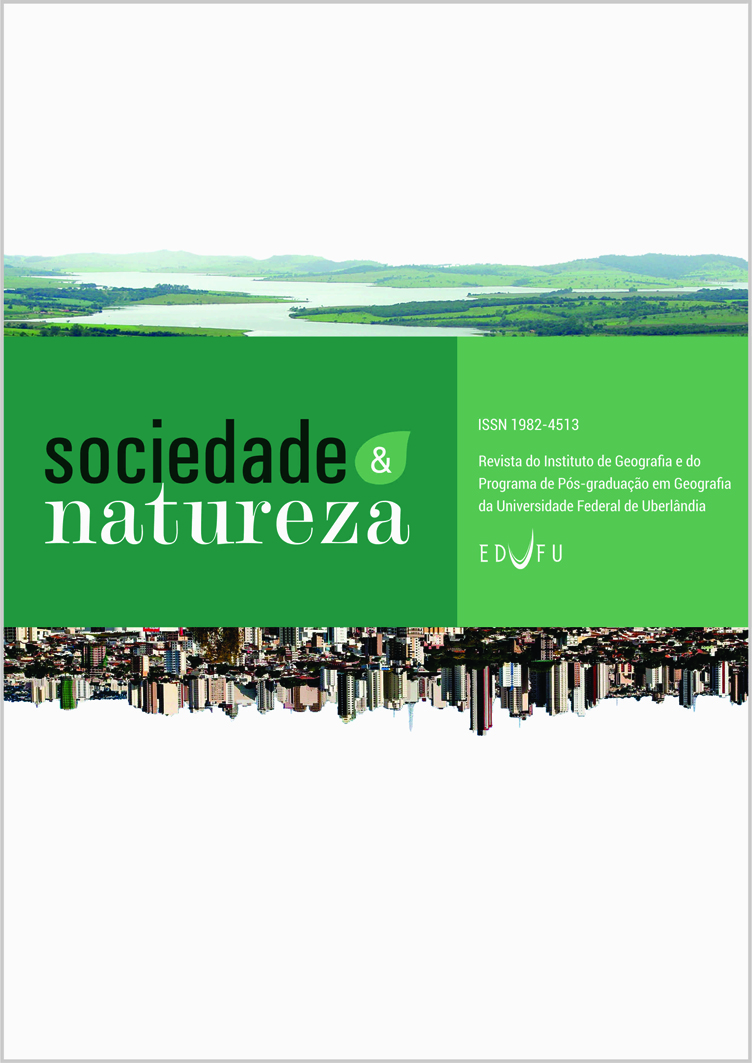Abstract
The waste expansion poses challenges to the proper management, therefore, there are many ways of doing it. Therefore, the objective of the present work is through a narrative review to present the models and methodologies for the selective collection of urban solid waste in accordance with Brazilian legislation, as well as its different types and strategies for implementation and monitoring of indicators. As a methodological strategy, a bibliographic survey was carried out based on searches carried out on the Capes platforms (Coordination for the Improvement of Higher Level Personnel) and SciELO (Scientific Electronic Library Online) platforms to identify articles related to the topic of selective collection. After analysis of the material obtained, it was found that, among the methods of selective collection found, can highlight the separation in sorting centers, necessary when there is implementation of simple or differentiated selective collection, where there is separation only between recyclable, non-recyclable and, where possible, in compostable and segregation total at source, which by law can be understood as multiselection collection, which uses different colors, set by CONAMA Resolution 275/2001. As for the selective collection models, can be divided into collection door to door, collecting in voluntary surrender stations and collection by self-employed workers. Among the usual steps implantation, are divided basically into: diagnosis, planning, implementation, operation and monitoring.
Authors hold the Copyright for articles published in this journal, and the journal holds the right for first publication. Because they appear in a public access journal, articles are licensed under Creative Commons Attribution (BY), which permits unrestricted use, distribution, and reproduction in any medium, provided the original work is properly cited.

